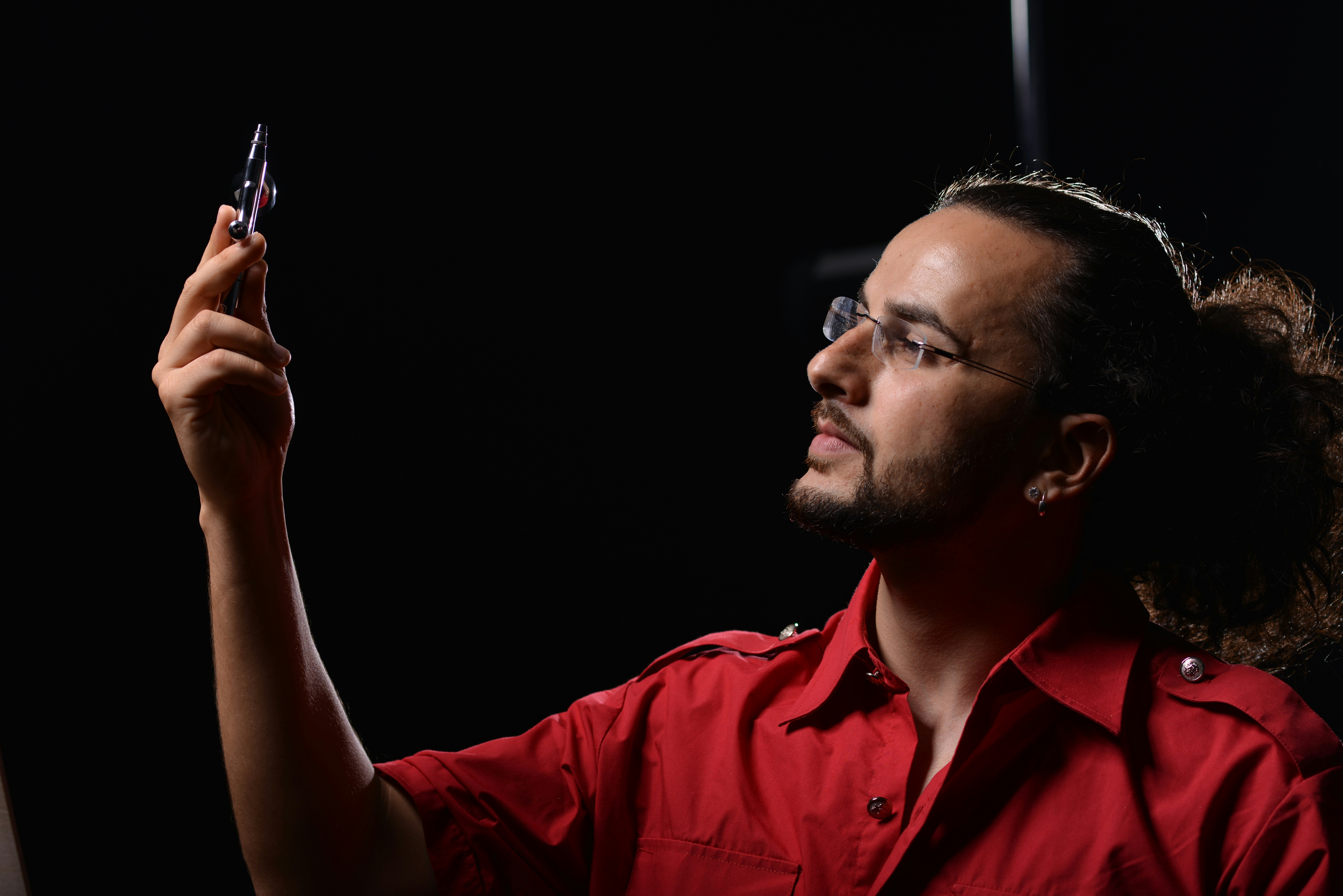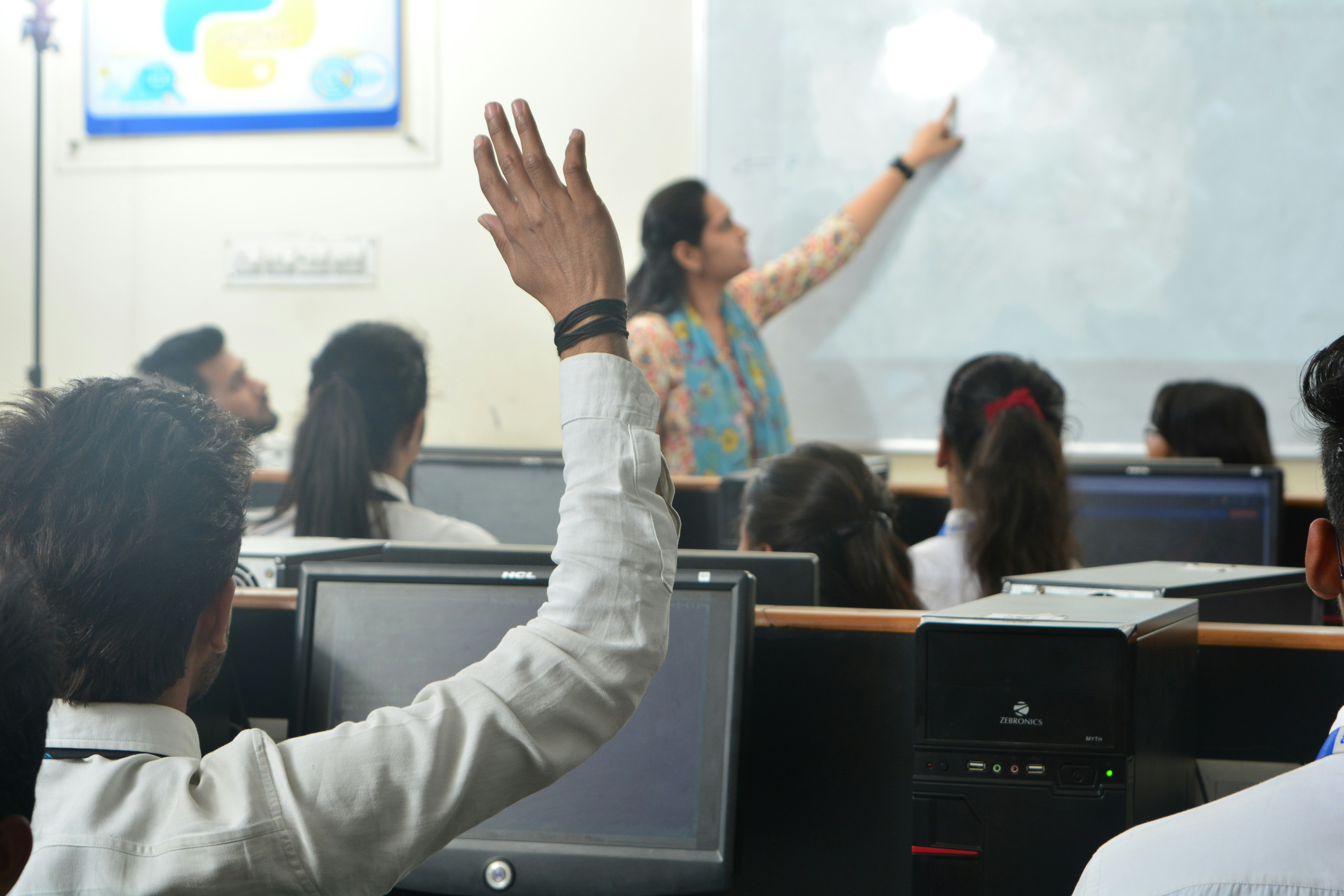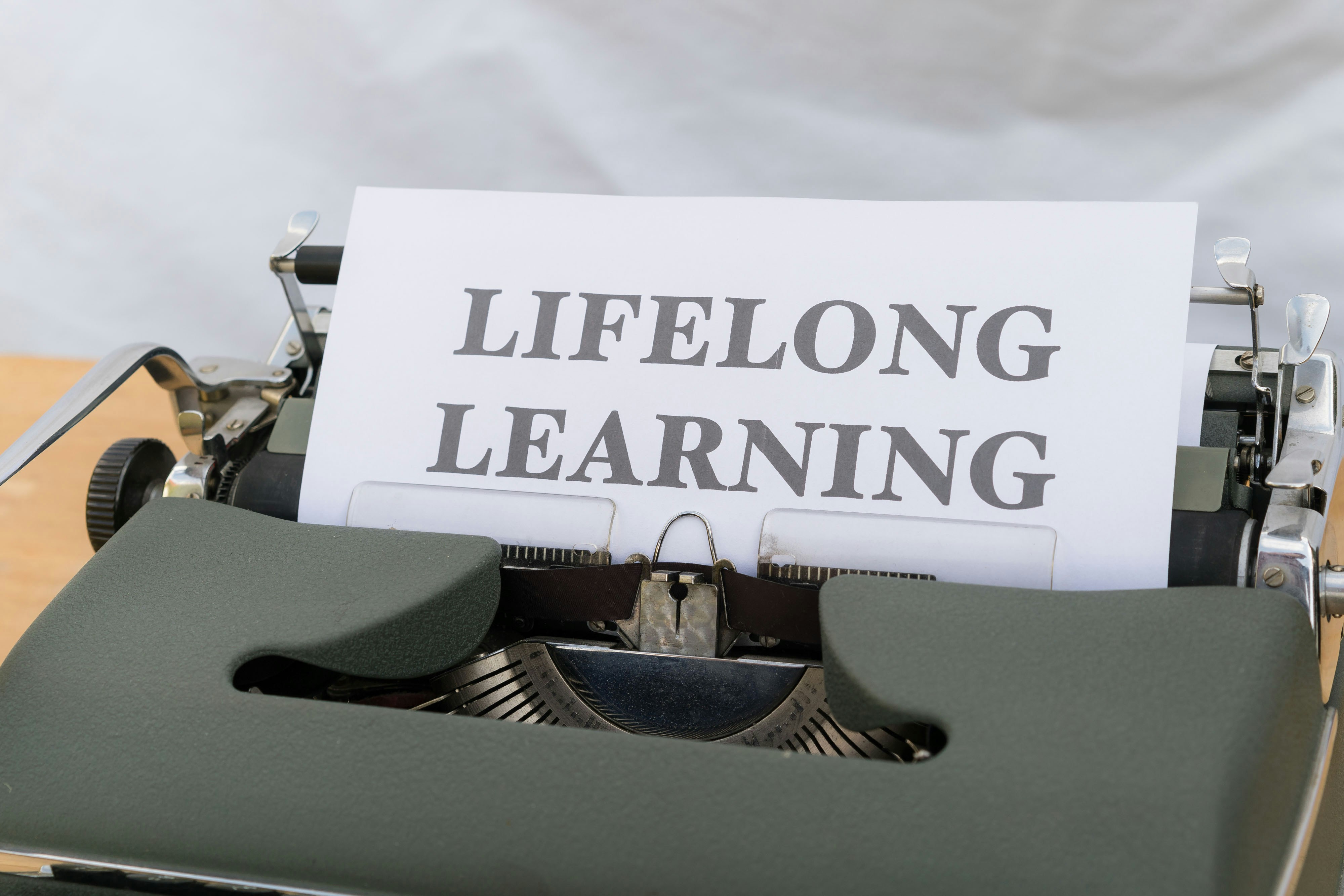Tech for Tactile Learning: Transforming Hands-On Education with Haptics
Imagine a classroom where students don’t just learn from lectures or textbooks but engage in a multi-sensory experience that ignites their curiosity and creativity. Welcome to the realm of haptic learning devices, where technology meets tactile experiences, revolutionizing education as we know it. This article explores how haptic technology is reshaping kinesthetic learning environments, bringing lessons to life in ways that traditional educational tools have never achieved.
The Tactile Learning Revolution
The concept of tactile learning, or kinesthetic learning, isn’t new. Many educators have long recognized that hands-on experiences foster a deeper understanding of complex concepts. However, advancements in technology are now supercharging these methods through haptic devices. These innovative tools offer tactile feedback, enabling students to “feel” their learning. From interactive physics simulations to immersive language applications, the potential applications are vast and exciting.
Understanding Haptic Technology
Haptic technology revolves around creating a tactile experience using forces, vibrations, or motions. It mimics the feel of real-world objects, which provides users with direct interaction and control. Devices like haptic gloves, feedback-enabled controllers, and even smart tables allow users to manipulate and engage with digital content as though they were physical objects.
For instance, physics students can engage with a digital pendulum in a simulation that mimics the thrill of pushing a swing. They can feel the forces at work through a haptic feedback device, resulting in a heightened sense of enjoyment and understanding. This kind of interaction enhances memory retention and keeps learners engaged in a way that reading or watching videos simply cannot replicate.
To delve deeper into the principles and potential of haptic technology, refer to the research published by esteemed institutions such as Harvard Business Review, which highlights the integration of innovative technologies in enhancing educational frameworks.
Enhancing Engagement and Retention
According to a study published by the National Training Laboratories, learning retention rates drastically improve when doing, experiencing, and teaching others—a principle that aligns perfectly with haptic technology. By offering a tactile learning experience, these devices allow students to operate in texture-rich environments, fostering an atmosphere conducive to not just memorization but also comprehension.
When implementing haptic technology in the classroom, educators witness the transformation of passive learning to active participation. Today’s learners thrive on engagement, particularly in a world filled with distractions. The more engaged a student is, the more likely they are to retain information long-term.
Real-World Applications in Education
The versatility of haptic technology expands beyond traditional classrooms. Consider teaching environments ranging from science labs to art studios, where tools like haptic feedback devices can augment experiences. For example, in a biology class, students can manipulate virtual specimens to examine cell structures and gain an immersive understanding of complex biological interactions.
A unique application is in language learning, where haptic devices recreate the feeling of writing characters or words, allowing learners to internalize their shapes and sounds through physicality. Such tactile feedback deepens language acquisition, making it more enjoyable and impactful.
Moreover, programs leveraging haptic technology foster collaboration and communication skills among students. Group activities using haptic devices can promote teamwork, as students must work together to solve problems or complete tasks, preparing them for the collaborative workforce they’ll soon enter.
For further exploration into technologies that shape education, you may check our previous posts on innovative tech gadgets for enhancing well-being or smart devices improving kinesthetic learning.
Accessibility in Education
Another crucial aspect of haptic technology is its potential to bridge educational gaps. For students with learning disabilities or sensory processing disorders, haptic devices can provide necessary support by transforming challenging concepts into engaging experiences. Haptic feedback allows these students to interact with material in ways that cater to their learning needs, ensuring that education is accessible for all.
This inclusivity is vital, particularly as we move toward a future driven by diverse learning environments in cities and communities. As tech products advance, those who may have struggled in traditional settings can now thrive with innovative educational tools at their fingertips.
Enhancing Teaching Methods
Teachers play a vital role in implementing these cutting-edge technologies. By integrating haptic devices into their teaching methods, educators can adapt their lesson plans to meet individual student needs. Training sessions focused on the usage of these devices can awaken teachers' creativity, enabling them to craft dynamic lesson plans that resonate with their students.
Moreover, haptic devices allow teachers to assess and provide feedback instantly, ensuring personalized learning experiences. For example, using smart haptic tools, teachers can visualize student engagement and understanding on the fly, effectively fine-tuning their methods in real-time.
Future-Proofing Education
The future of haptic technology in education looks bright. As more educators recognize the value of hands-on, sensory learning, we will likely see an exponential growth of tools and devices dedicated to this cause. Education technology companies are focusing on developing versatile haptic applications, yielding products that are not only user-friendly but also budget-friendly for schools.
Investing in tactile learning through haptic devices prepares students for a dynamic future. In a rapidly changing job landscape, critical thinking, problem-solving, and collaboration are paramount. Haptic learning fosters these essential skills by providing real-world experiences that traditional educational approaches often neglect.
In that spirit, futuristic concepts such as haptic feedback weaved into virtual reality environments are becoming increasingly plausible within educational sectors. Imagine students stepping into an immersive VR classroom where they can "feel" the principles of gravity or manipulate geometric shapes with precision. These advancements are on the cusp of transforming how we conceive education entirely.
Overcoming Challenges in Adoption
Although the promise of haptic technology is tantalizing, implementing these tools is not without challenges. Budget constraints and technology inequities still limit access in some regions. Additionally, there may be resistance from traditionalists who question the efficacy of these devices.
However, through training and advocacy, educators can overcome these hurdles. Early adopter schools can model successful implementations, paving the way for others to follow suit. Building partnerships with tech companies can also facilitate resource sharing and accessibility, making haptic devices an integral component of the modern learning environment.
Looking Ahead: The Role of Educators
As tech evolves, educators will need to adapt their pedagogical approaches to encompass haptic learning effectively. Developing curricula that seamlessly integrates these technologies will foster student exploration and innovation. In doing so, educators must prioritize continuous learning, ensuring they are equipped to harness the full potential of haptic technology.
Thought-provoking shifts in the teaching landscape will also require fostering a cultural acceptance of technology in education. Training programs and workshops focused on the integration of tactile devices can cultivate a growth mindset among educators. By emphasizing the benefits of haptic technology, schools can create an environment where innovation and exploration are encouraged.
Final Thoughts
Haptic technology represents a substantial leap forward in tactile learning and hands-on education. As its integration grows more prominent across educational landscapes, we can expect to see empowered learners who are better prepared for the modern world. By fostering an interactive environment that encourages exploration, educators can ensure that students don’t just learn concepts but embrace the joy of discovery.
As we look to the future, if educators and institutions make informed decisions about adopting these technologies, they will transform every learning experience into an adventure, igniting passion and curiosity in learners everywhere. With the promise of haptic technology, the next generation of students could approach learning with a newfound enthusiasm, fundamentally altering the way knowledge is acquired—and shared.











